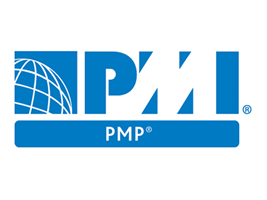
How Can Empowerment Lead to Business Agility – and What Can We Learn from a Submarine Commander?
In today’s fast-paced digital landscape, market trends and customer expectations evolve rapidly. To remain competitive, businesses must be agile and responsive. Empowerment plays a pivotal role in achieving this agility.
Why Empowerment Matters
When organisations enable their employees to act with entrepreneurial spirit—encouraging innovation and transformation—they harness the collective intelligence of the entire workforce, not just those in leadership roles. Empowered teams consistently outperform those constrained by rigid hierarchies.
Culture: The Biggest Barrier
Organisational culture remains one of the most significant blockers to business agility. Agile methodologies call for:
- Self-organising teams
- Decentralised decision-making
- Continuous feedback loops
Traditional management structures, designed to enforce policy and procedure, often stand in stark contrast to this approach.
The Agile Adoption Gap
Despite the clear benefits, many organisations still struggle to embrace Agile ways of working. The recently published 17th Edition of the State of Agile Report highlights a persistent challenge:
“Almost half of survey takers (47%) pointed to a ‘generalised’ resistance to organisational change or ‘culture clash’ as the reasons why the business side isn’t adopting Agile – up 7 points from 2022.”
The report, which surveyed 788 software development professionals, underscores a growing disconnect between Agile teams and the broader business functions.
The Role of Leadership in Empowerment
To foster agility, leaders must adopt a mindset of servant leadership. This involves:
- Setting clear expectations and objectives
- Ensuring teams have the necessary skills and support
- Asking empowering questions like:
- “What do you think?”
- “What do you recommend?”
- “What would you like to do?”
- Creating a safe environment for experimentation—while maintaining appropriate safeguards for long-term decisions
Lessons from a Submarine Commander
An illustrative example of empowerment in action comes from an unlikely source: a submarine commander.
Captain David Marquet, as recounted in his book and TED talk Turn the Ship Around, faced the daunting task of commanding a submarine he was unfamiliar with. Realising he couldn’t learn the vessel’s operations quickly enough to instruct his crew, he chose instead to empower them.
By delegating authority and trusting his team to make decisions, he transformed performance and morale.
Final Thoughts
This story serves as a powerful metaphor for business leaders: when you empower your people, you unlock agility, innovation, and resilience. The journey to business agility begins with trust, support, and a willingness to let go.





